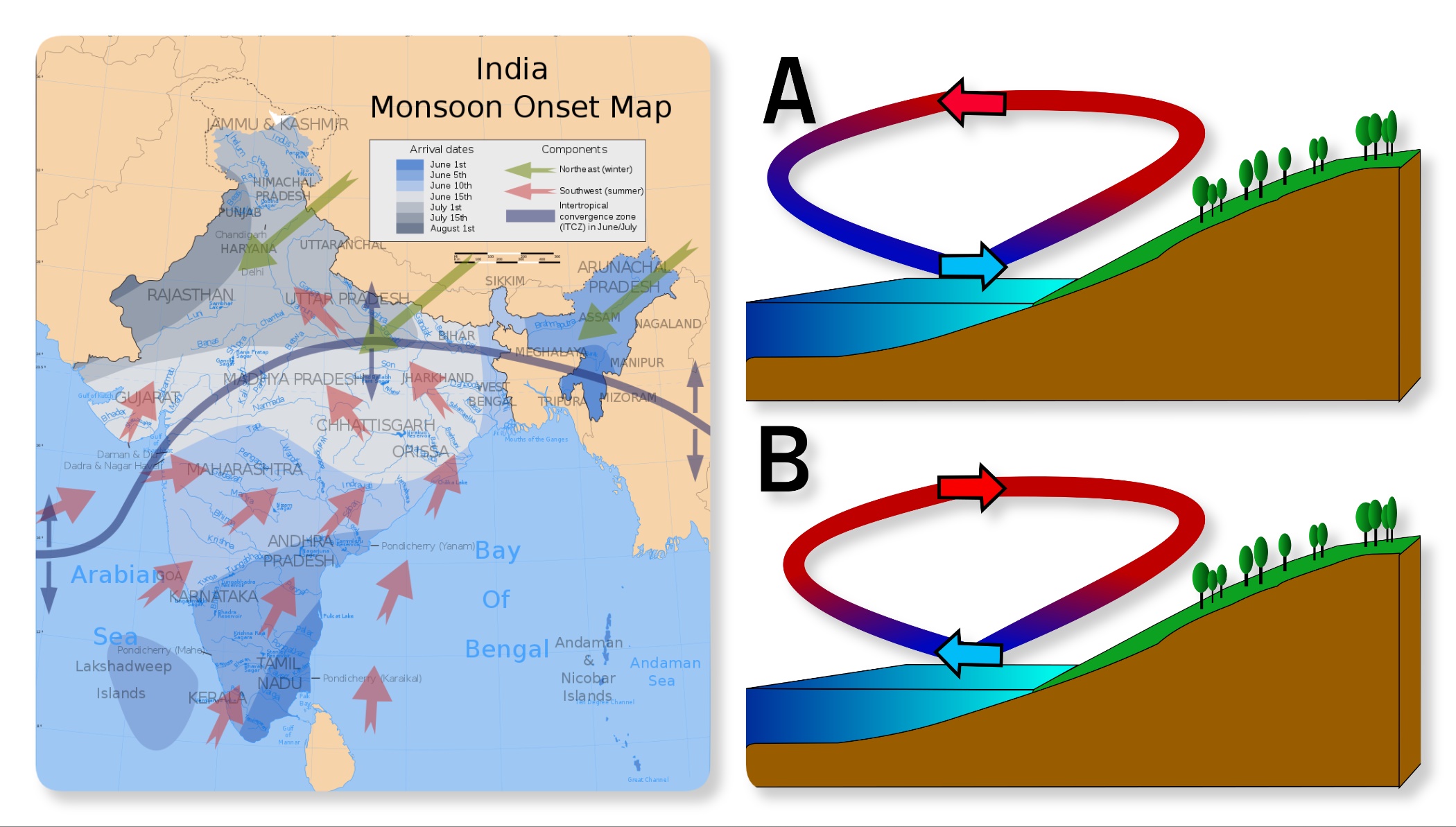The South Asian monsoon, past, present and future. A story of famines and trade, science and cupidity, by the Economist
This is a wonderful article in the Economist magazine (sorry, you may need a subscription to read it in full) giving an introduction to monsoons in India and a historical overview of the water crisis in India. I understood more about the North East (Summer) and the South West (Winter) monsoons than whatever I have read in my school textbooks. The report also gives explains in simple terms how Jet Streams works, what is El Nino, and why cyclones are formed. This Wikipedia page has many of this information on Monsoons of India but it is a long and difficult read.
Writing on the Bengal famine, when more than 3 Million peasants died, the report says the following:
//That famine, in which up to 3m Bengalis died, followed a devastating cyclone. But much of the damage was done by the scorched-earth policy of colonial officials who, fearing a Japanese invasion, burned the vessels that local cultivators used to ship rice. Britain sent no relief, in part, perhaps, because of Winston Churchill’s active dislike of Indians agitating for independence. Jawaharlal Nehru, who would later become India’s first prime minister, but was at the time imprisoned by the British, wrote from jail “that in any democratic or semi-democratic country, such a calamity would have swept away all the governments concerned with it.” Though India has experienced plenty of droughts and food shortages since independence, it has suffered no tragedy on a scale to compare with those of the late 19th and early 20th centuries.//
Just that last one sentence summarizes why India’s democracy with all its misgivings is far superior to the “efficient” (?) rule under the British. Of course, many of the British Engineers like John Pennycuick, Arthur Cotton and J W Madeley did phenomenal work that endures even today in the construction of “Dam of Mullaiperiyar”, “giant barrage at Dowleswaram” and “Madras water system” respectively.



Comments